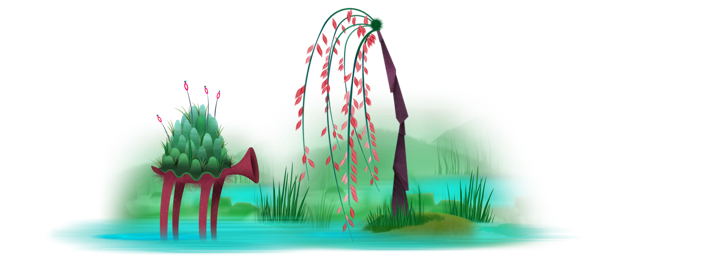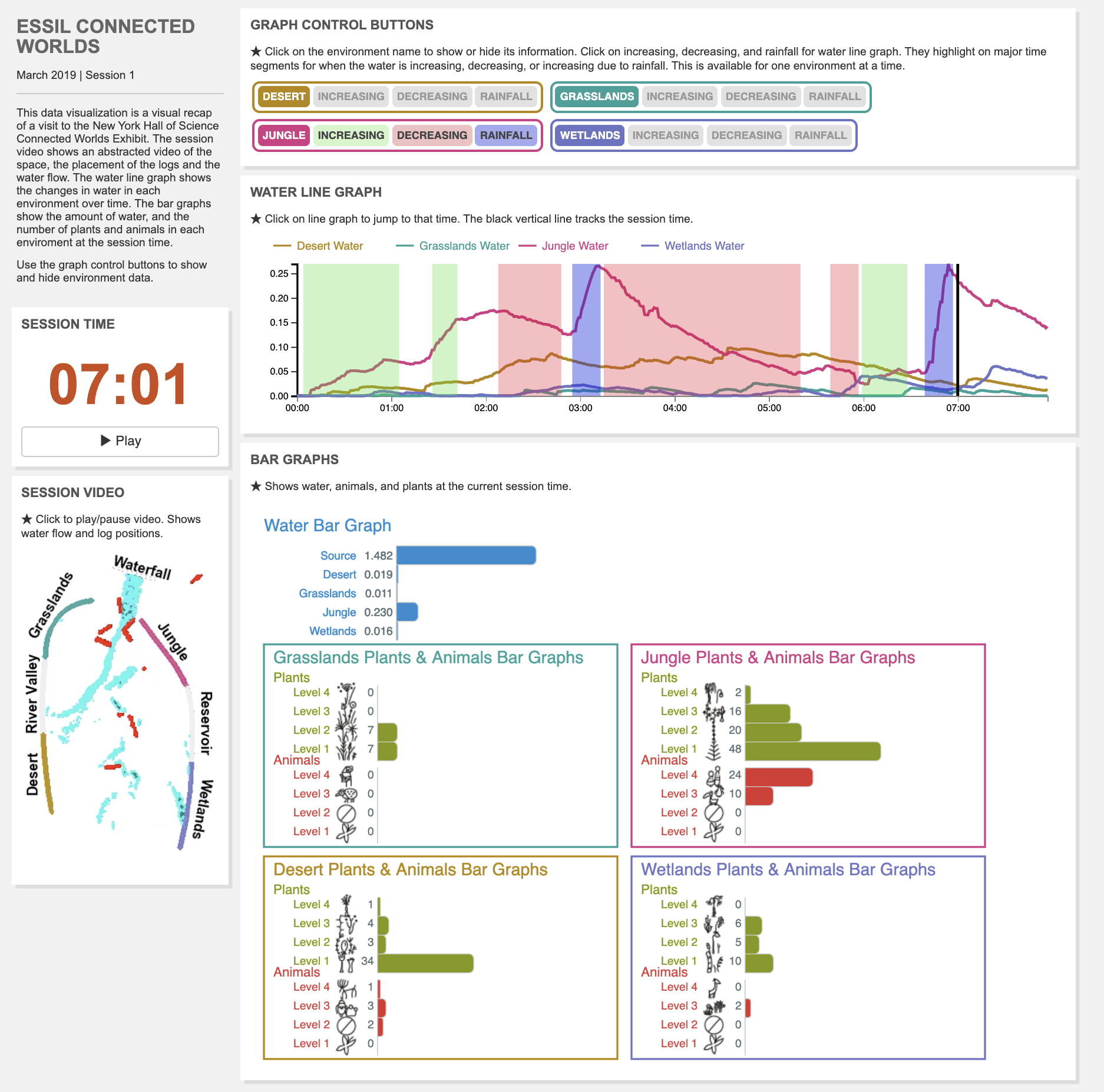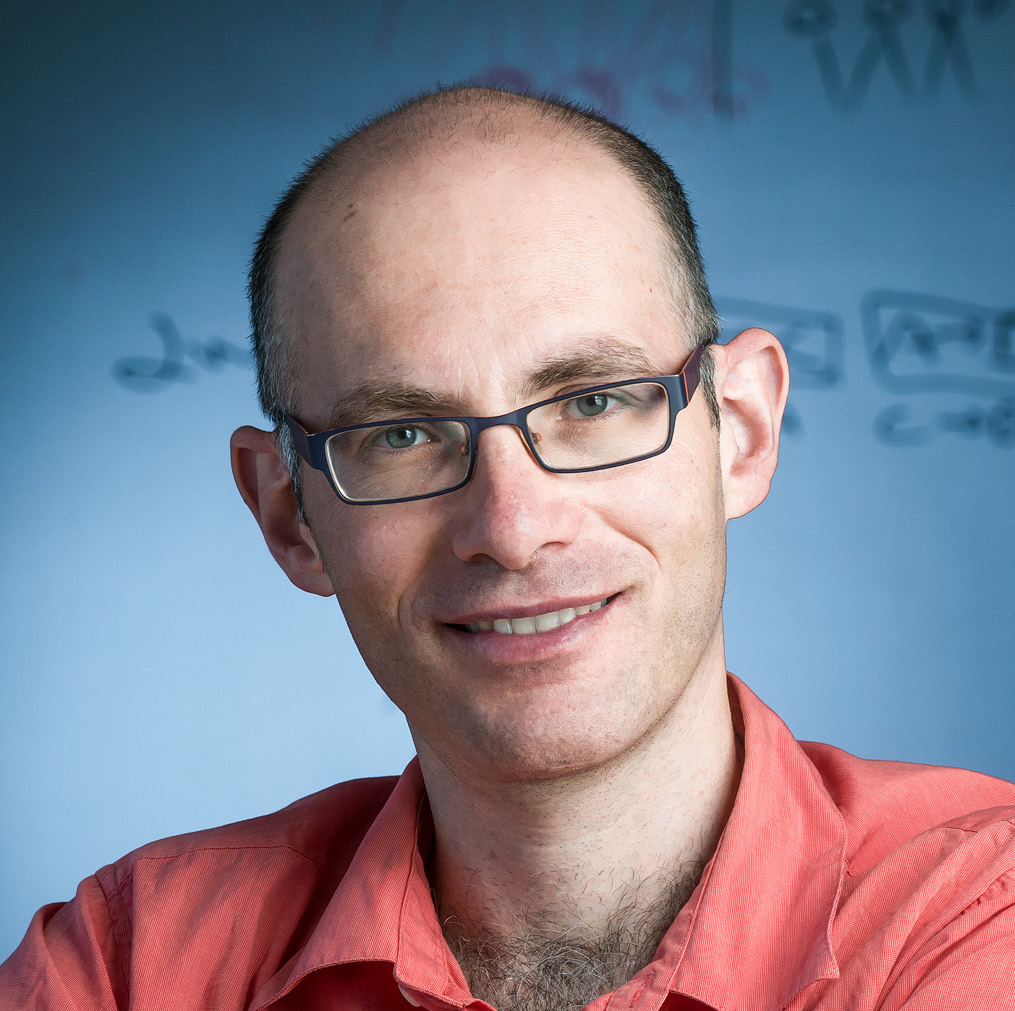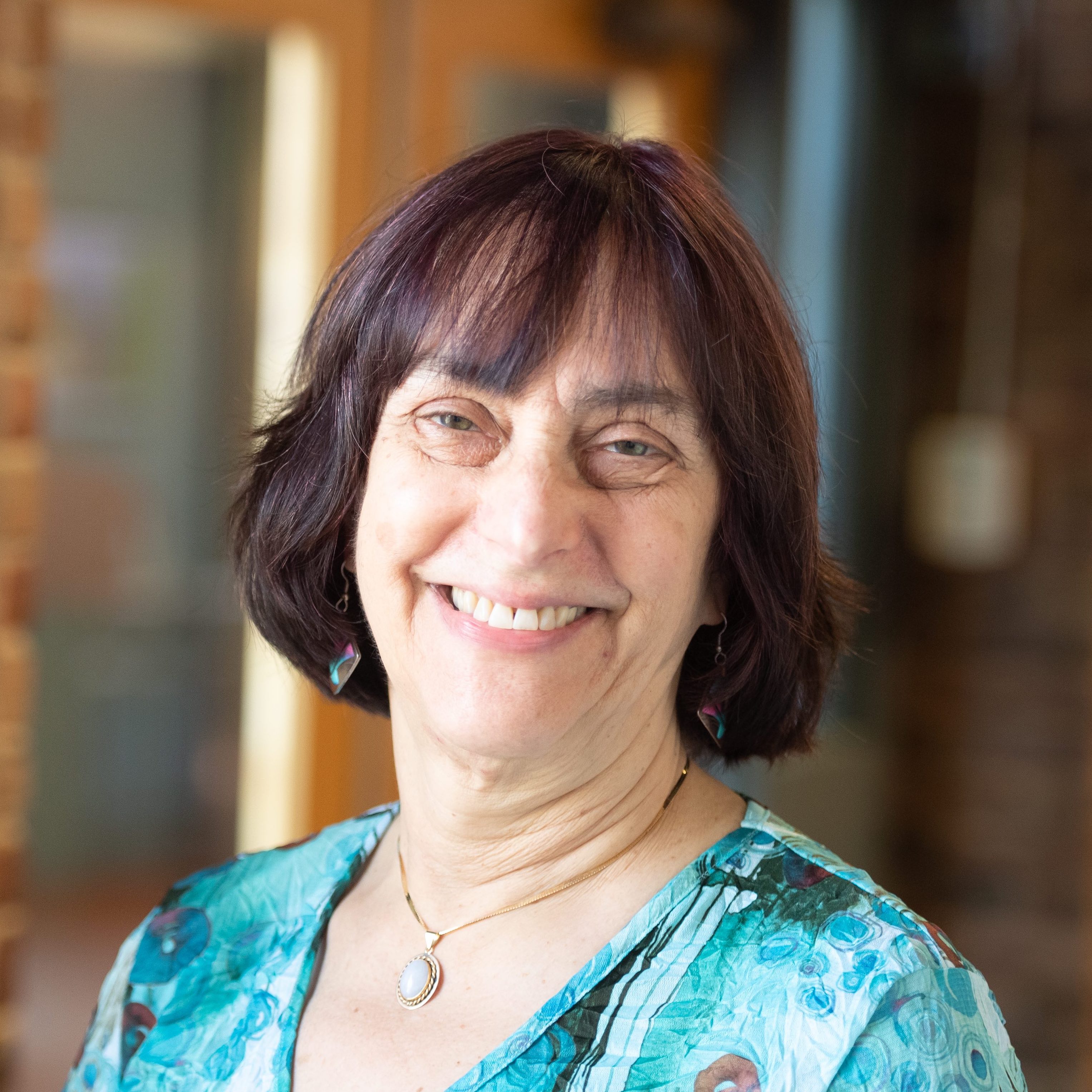
Andee Rubin
Andee Rubin is a mathematician and computer scientist who has been combining expertise in technology design, math education, and artificial intelligence to improve math and science education both in and out of school for over 30 years. She has led multiple projects over the years to support math and science learning from elementary to high school, through the development of math software, resources for creating data infographics, and support for learning math through visualizing data.
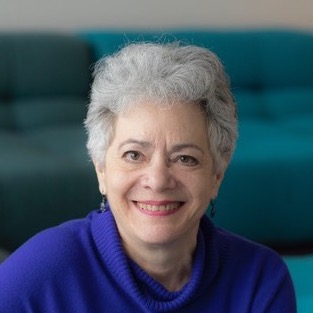
Barbara Grosz
Barbara Grosz is Higgins Research Professor of Natural Sciences in the School of Engineering and Applied Sciences at Harvard University and a member of the External Faculty of Santa Fe Institute. She brings to this project expertise in the multi-agent systems area of Artificial Intelligence, particularly models of collaboration developed by her research group that can contribute to enhancing science education.
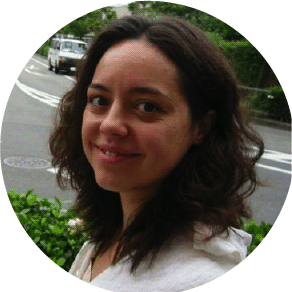
Leilah Lyons
Leilah Lyons is the Director of Digital Learning at New York Hall of Science. Her primary areas of interest are computer-based museum exhibit design, Computer-Supported Collaborative Learning, complex systems simulations in education, participatory simulations, mobile technology, learning in informal environments, and computer support of Science, Technology, Engineering, and Mathematics learning goals.
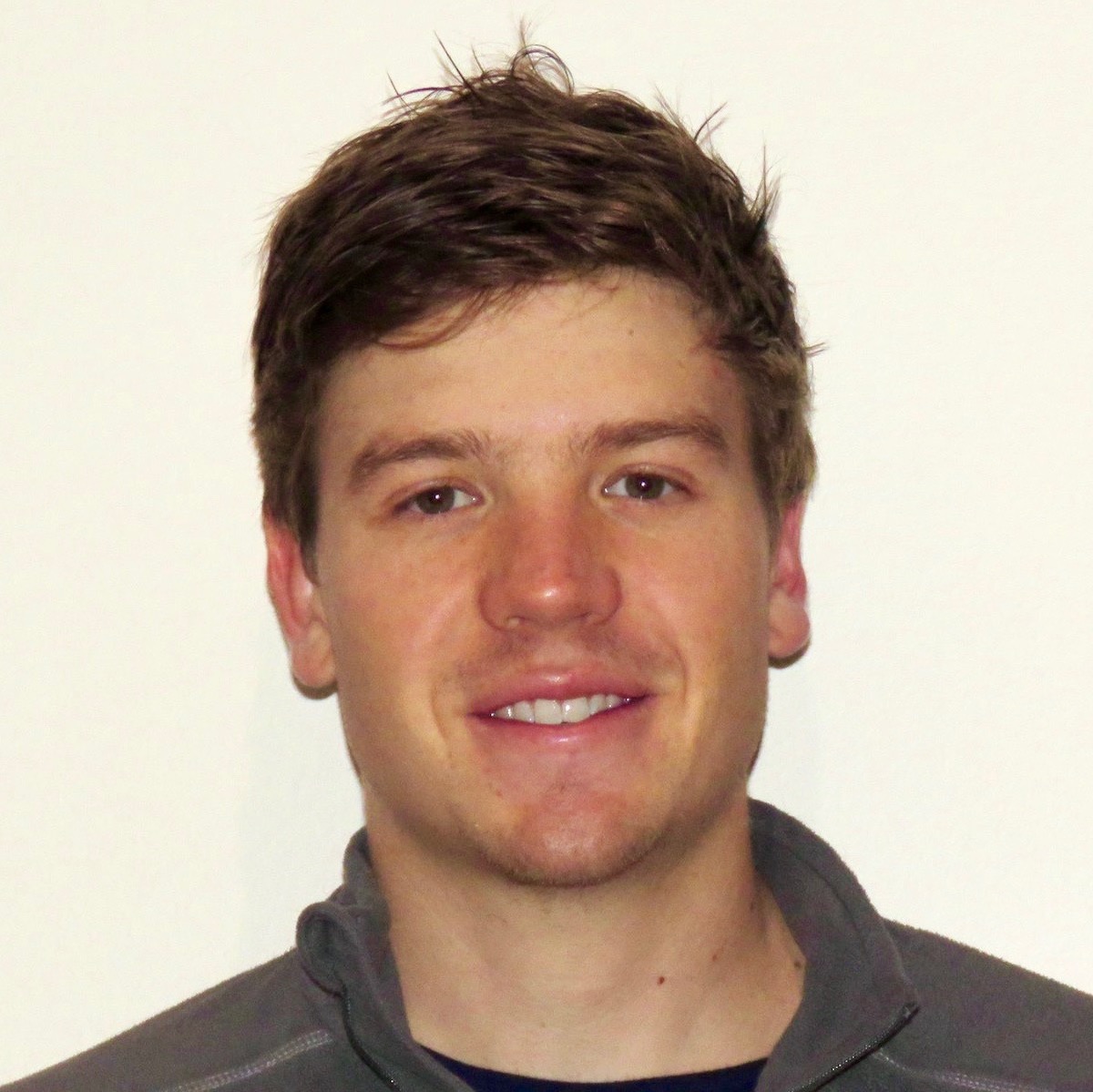
Nick Hoernle
Nick is a PhD student at the University of Edinburgh, supervised by Prof. Kobi Gal. His work is focused on modeling, understanding and supporting collaborative work with a special focus on learning environments. He is interested in probabilistic models of group collaboration and the design of intelligent agents that use these models to support, incentivise and motivate groups of people in their endeavours.
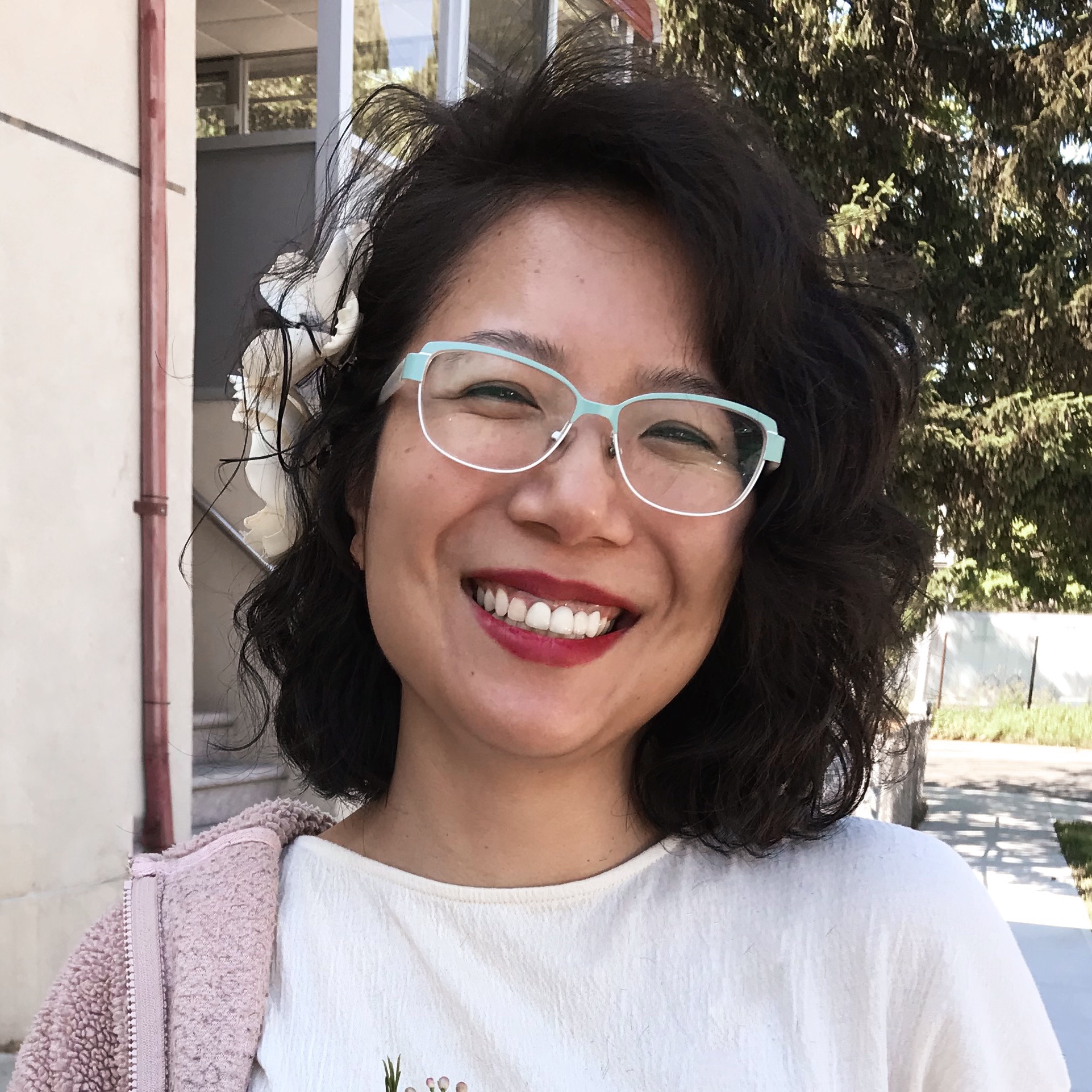
Ada Ren-Mitchell
Ada is a Research & Development Specialist at TERC. Her work focuses on the visual communication of complex information and the quantification of qualitative data to support our research question. With depth of experience in graphic design, branding, web development, videography, quantitative research, and multiple making-related hobbies, she supports the project in many ways.
